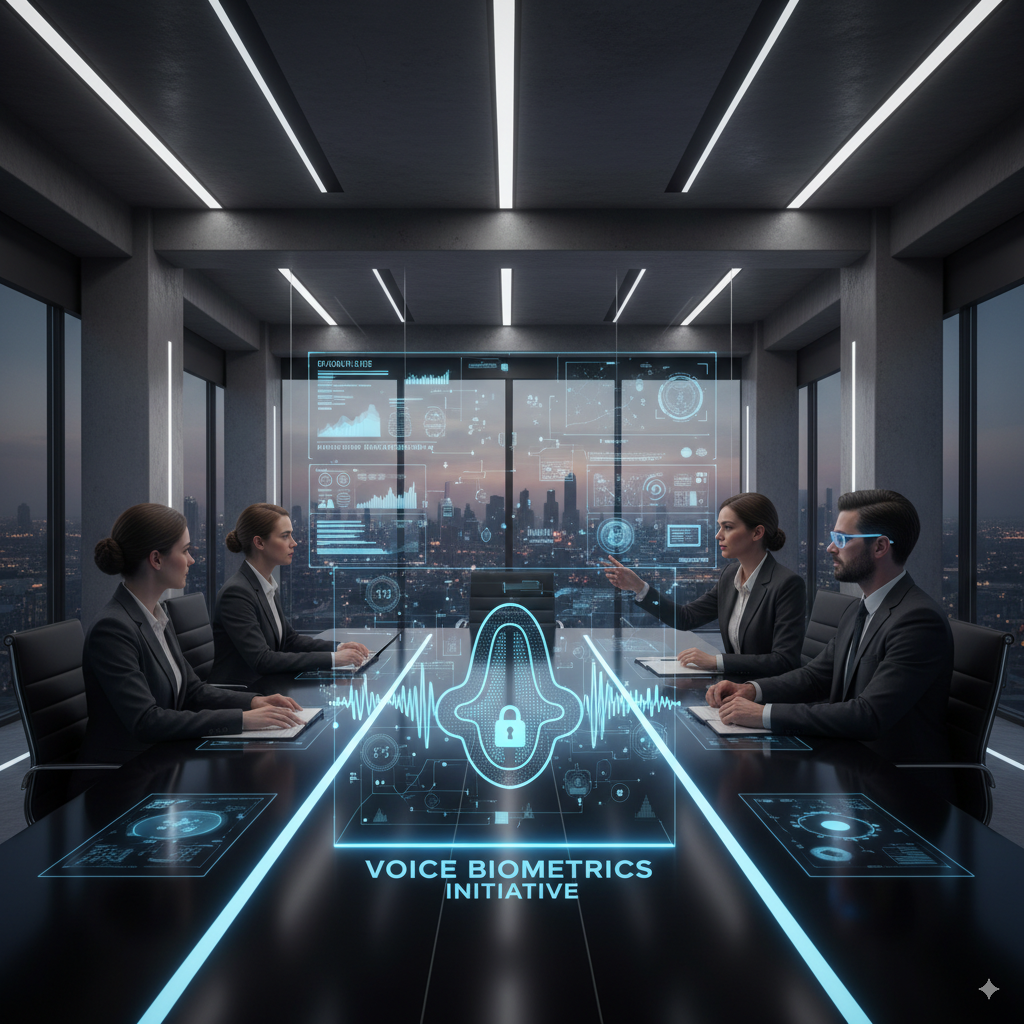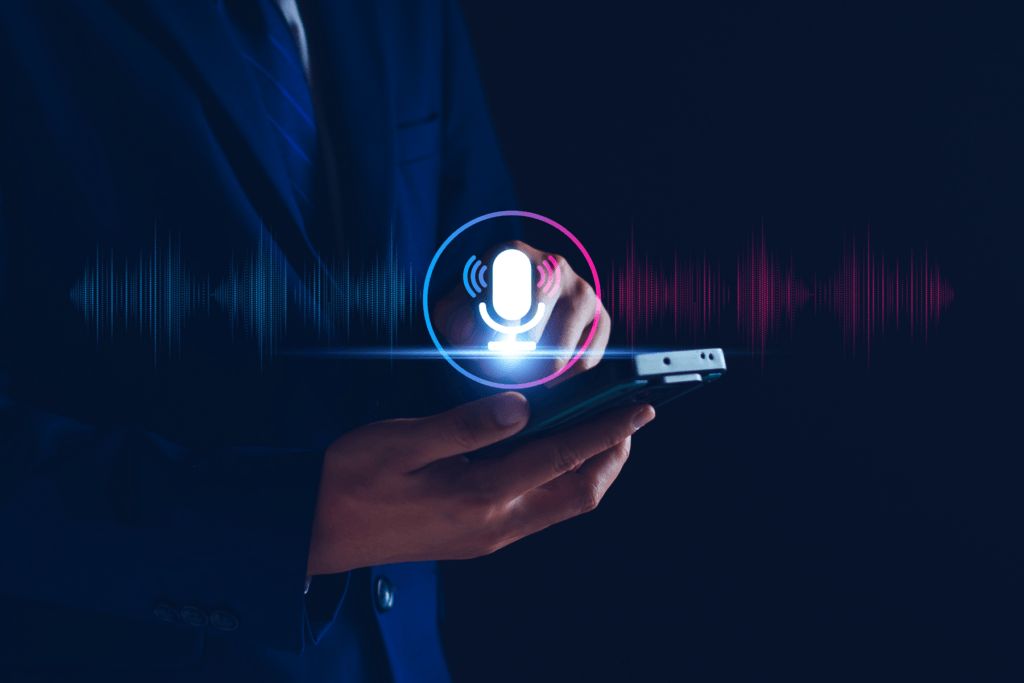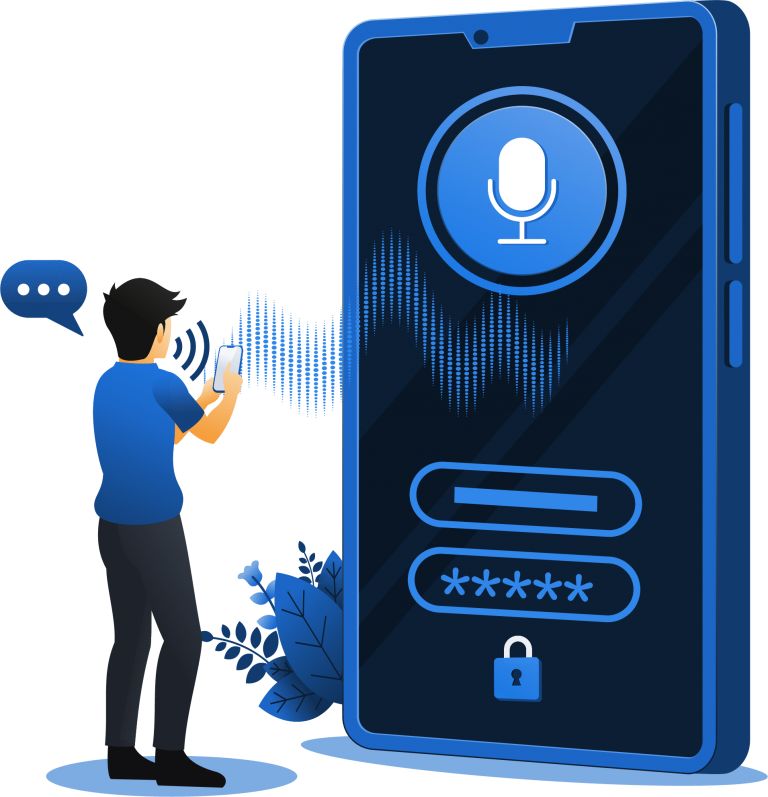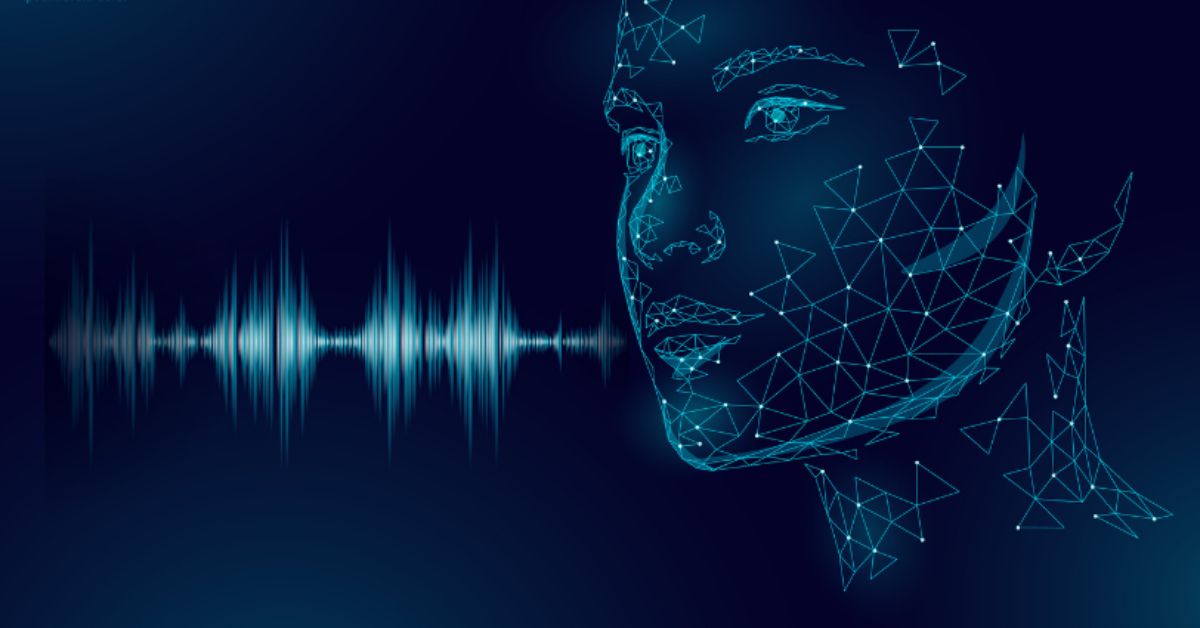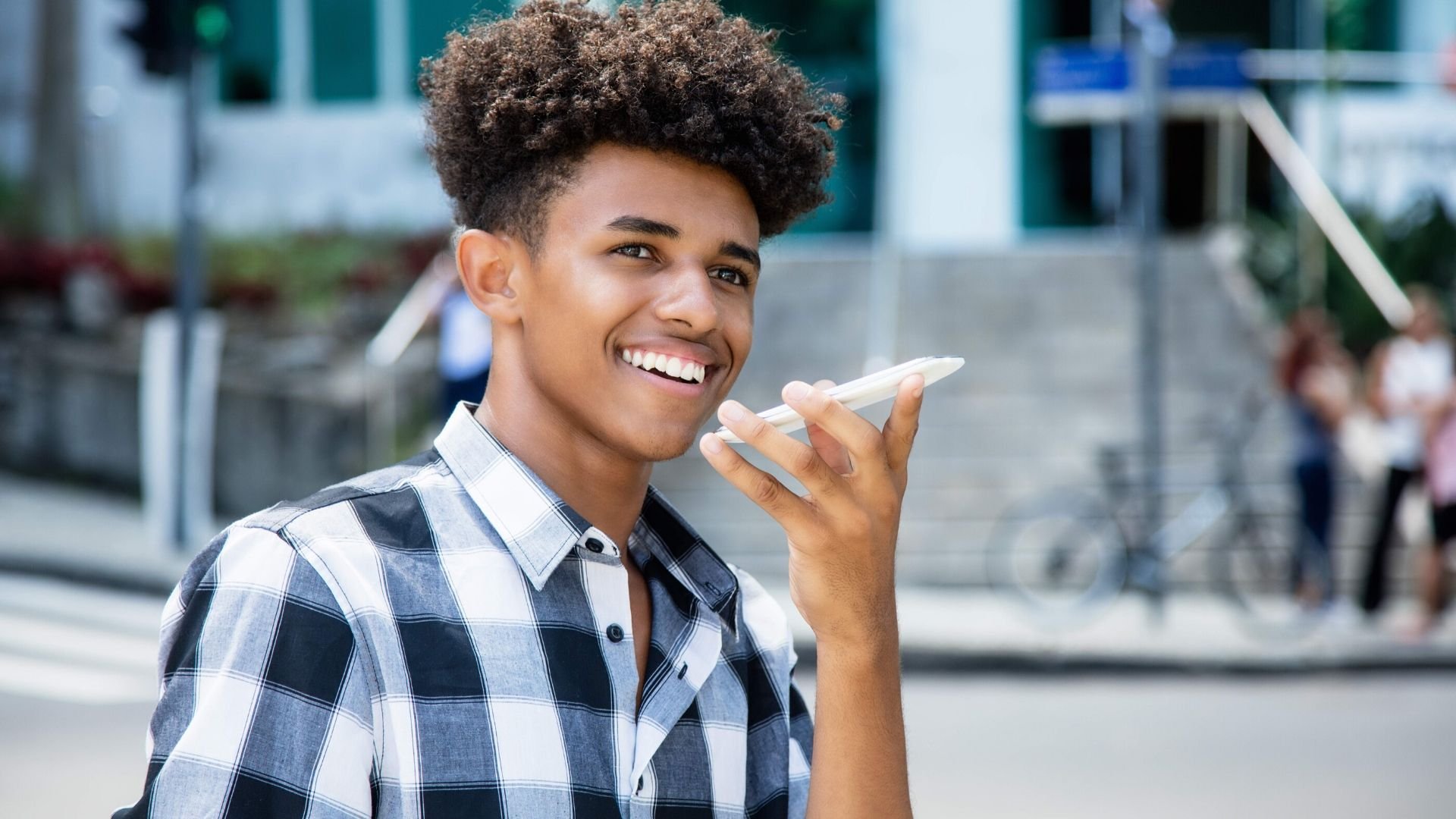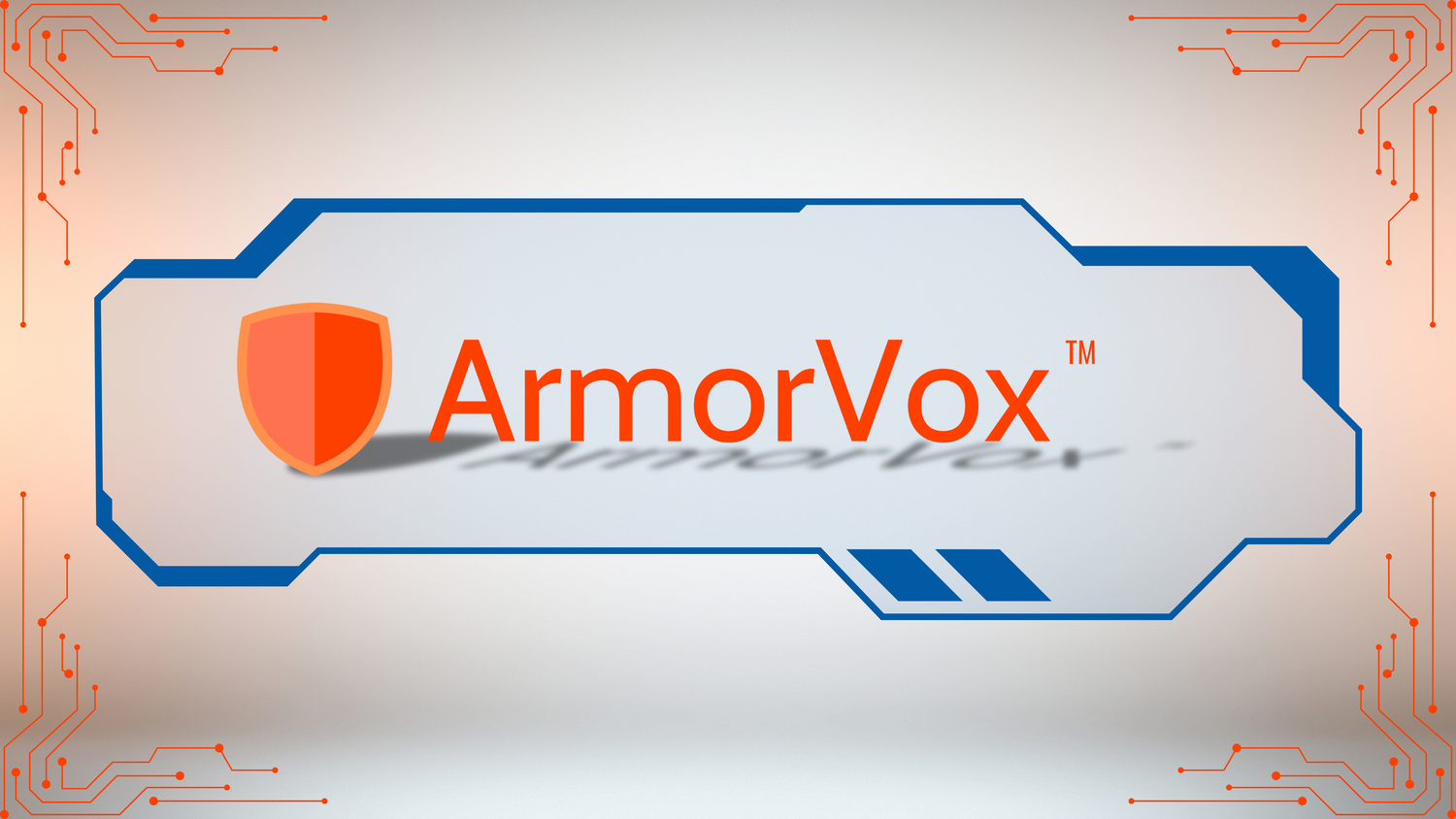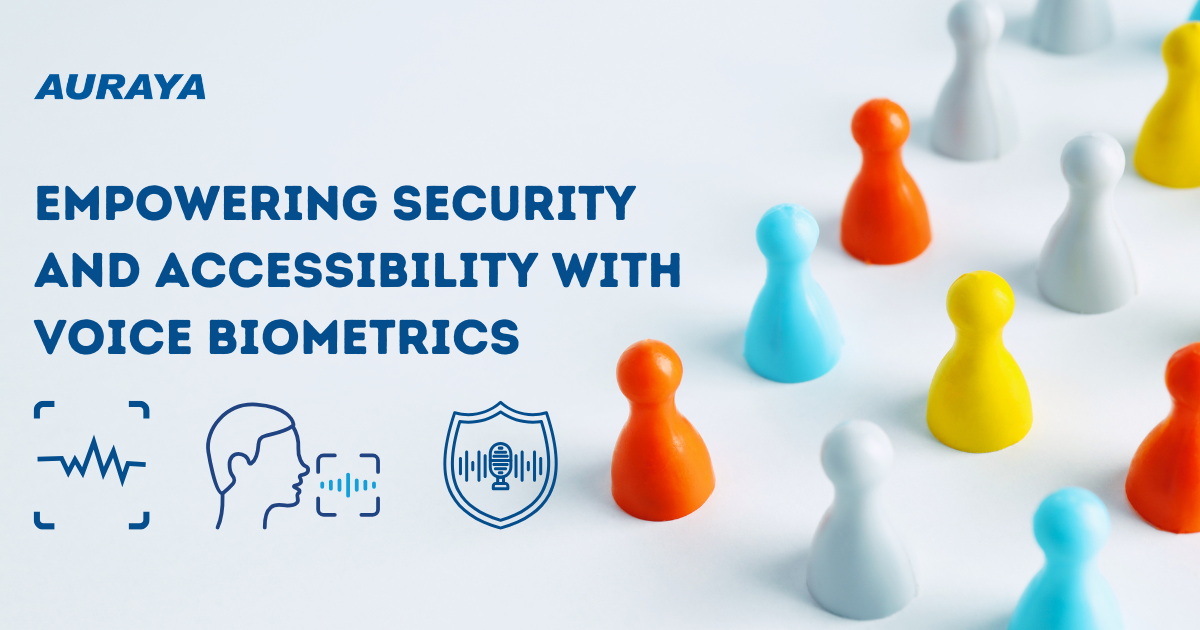With many people working from home during this COVID-19 pandemic, video conferencing meetings have become a staple in everyone’s lives. Zoom, Google Hangouts, Skype and other forms of video conferencing services have experienced a huge surge in use for both business and personal engagement.
This increased usage has brought a lot of positive benefits to companies. However, along with the popularity of these services, some have attracted negative attention. Adding over 2.22 million monthly active users in 2020, Zoom is fast becoming one of the most used video conferencing services. However, many have noticed several privacy and security issues with Zoom such as a sketchy installer, traffic routing, encryption concerns, and most notably “Zoombombing”.
Zoombombing is the action of guessing Zoom meeting ID numbers by randomly entering 9 to 11 digits for the meeting ID. If the meeting is open and live, the intruder will be able to successfully participate in the meeting and use features such as screen sharing. To tackle this issue, Zoom has recently implemented new features that help improve its security. These new features are waiting rooms and password-protection. However, improving security should not just stop there. Video conferencing services should use voice biometric technology to make it easier for legitimate attendees to get into meetings and make it harder for ‘Bad Actors’. This not only enhances security but also customer experience.
With Auraya’s voice biometric technology, organizations such as Zoom, Google and Microsoft can implement identification and verification capabilities in their video conferencing services. Participants will be required to speak a certain unique phrase such as their name or an employee number or phone number to enter a meeting they have been invited to attend. Once their identity has been verified with their unique voice, they will be able to connect to the meeting. This feature can be implemented whilst waiting to be admitted to a meeting or the verification process can bypass the need to be ‘admitted’. Additionally, organizations can use voice biometric technology to ensure that the participants in the conference meeting are still the authorized participants. Although video footage through webcams can help identify the participants, this feature can help meeting admins passively identify the identity of those without webcams turned on or those attending via phone calls.
With voice biometric technology, there is no need to remember the meeting ID or passwords for the meeting, all it requires is simply the link to the meeting and the voice of the participants.


